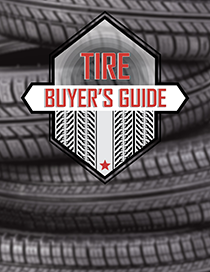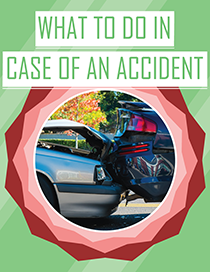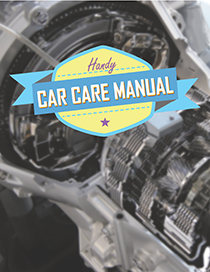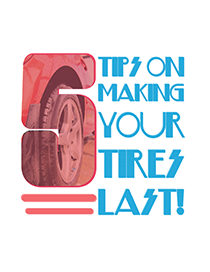Tire Care During the Winter
Tire safety is crucial during the winter months when roads can be slippery due to ice and snow. Properly maintained tires enhance traction and handling, reducing the risk of accidents. Here are some key tips for tire safety in winter:
Winter Tires:
Consider using winter or snow tires, especially if you live in an area with harsh winter conditions. These tires are designed to provide better traction on snow and ice.
Tire Tread Depth:
Check the tread depth regularly. In winter, a minimum tread depth of 6/32 inches is recommended for better traction. Tires with insufficient tread depth can result in poor performance on slippery surfaces.
Inflation Pressure:
Keep tires properly inflated according to the vehicle manufacturer’s recommendations. Cold weather can cause tire pressure to drop, so check it regularly, and adjust as needed.
Rotate Tires:
Regularly rotate your tires to ensure even wear. This helps maintain optimal traction and extends the life of the tires.
Wheel Alignment:
Ensure that your wheels are properly aligned. Misaligned wheels can cause uneven tire wear and affect handling, especially in slippery conditions.
Braking Distance:
Be aware that winter conditions can increase braking distances. Leave extra space between your vehicle and the one in front of you to account for reduced traction.
Avoid Overloading:
Avoid overloading your vehicle, as it can put additional stress on the tires and affect their performance, particularly in winter conditions.
Tire Chains:
In extreme winter conditions that aren’t too common in our neck of the woods, consider using tire chains for added traction. Make sure to install them properly and follow the manufacturer’s guidelines.
Check Valve Stems and Caps:
Cold temperatures can affect valve stems and caps, potentially leading to air loss. Ensure that valve stems are in good condition and that caps are securely in place.
Inspect for Damage:
Regularly inspect your tires for any signs of damage, such as cuts, bulges, or punctures. Winter conditions can exacerbate existing issues.
Emergency Kit:
Keep an emergency kit in your vehicle, including a spare tire, jack, lug wrench, and other tools necessary for changing a tire.
Remember to follow the specific guidelines provided by your vehicle’s manufacturer and consider the local weather conditions when preparing your tires for winter. Regular maintenance and attention to tire safety can contribute significantly to safer winter driving.







